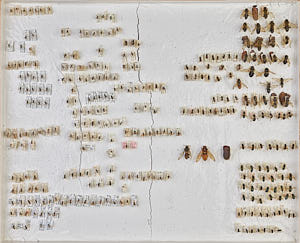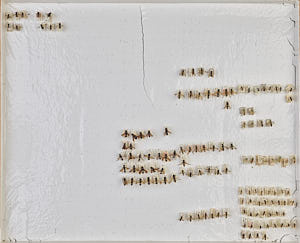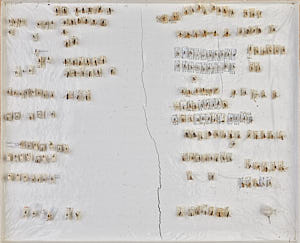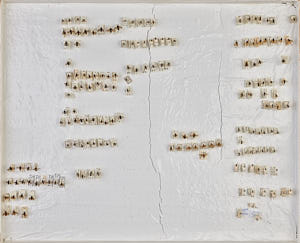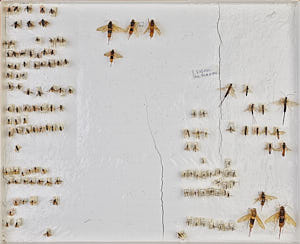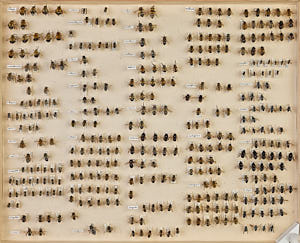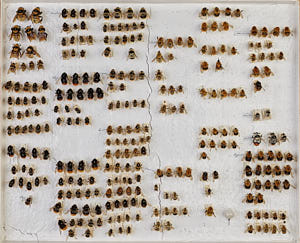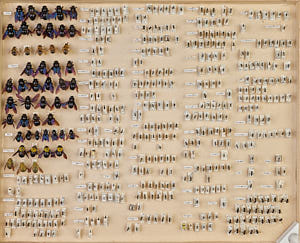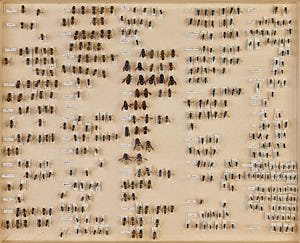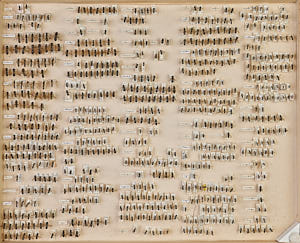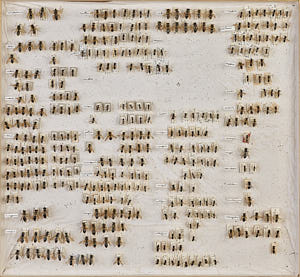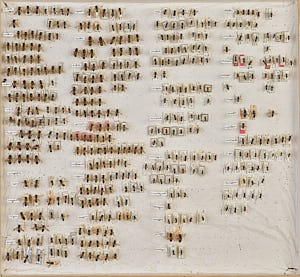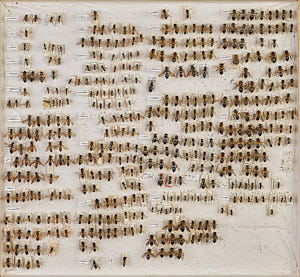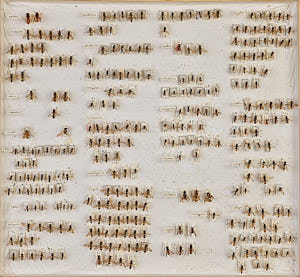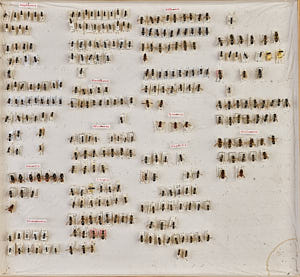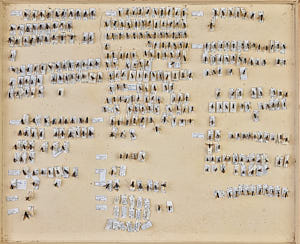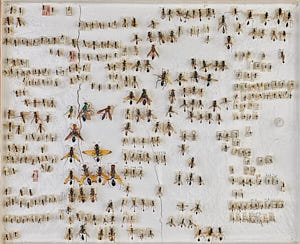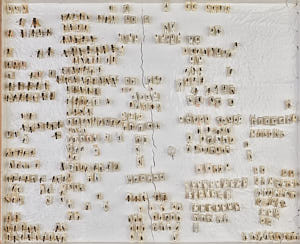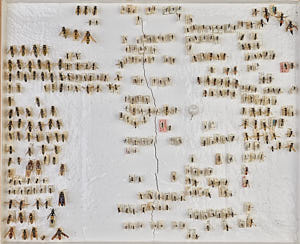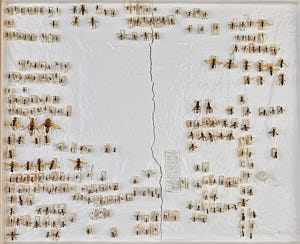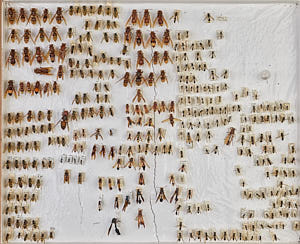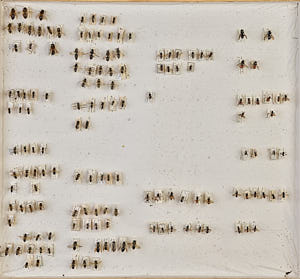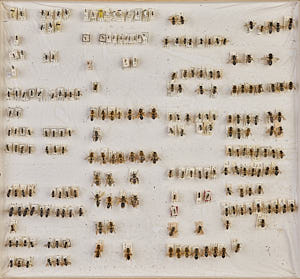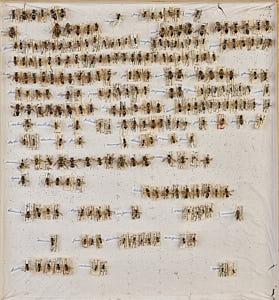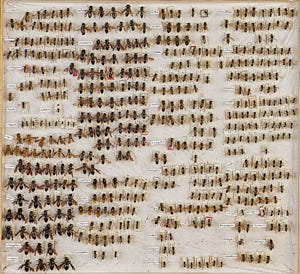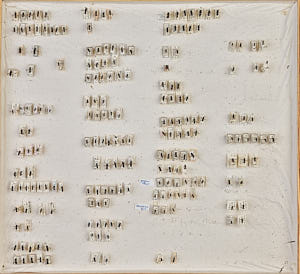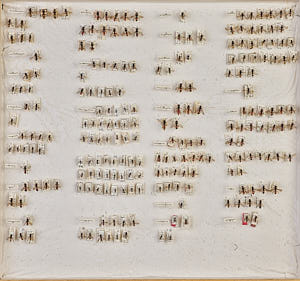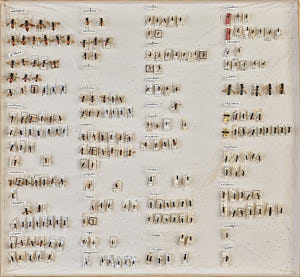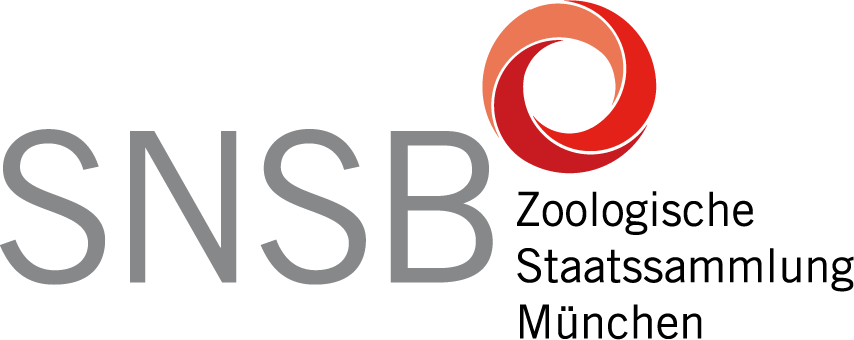The Hymenopteren collection of Eduard Enslin
Section Hymenoptera
The naturalist Eduard Enslin
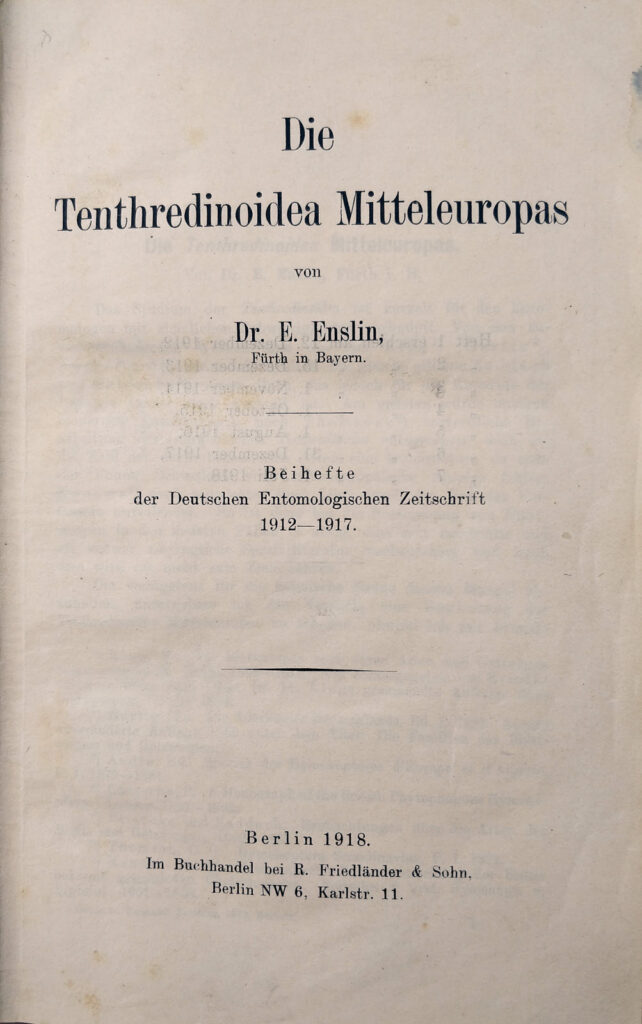
Eduard Enslin was a naturalist and medical doctor who, as an entomologist, made important contributions to the taxonomy and systematics of the Hymenoptera, in particular the sawflies (Symphyta), and later also the bees and wasps (Aculeata), especially at the beginning and middle of the last century. His most important work is “Die Tenthredinoidea Mitteleuropas”, a comprehensive identification key to the sawflies and woodwasps of Central Europe that has long been the one and only standard on Symphyta and that is still used by entomologists today.
Enslin was born in Nuremberg in 1879. He studied medicine in Erlangen, Greufswald and Munich and opened ophthalmic clinic in Fürth in 1906, where he worked until 1950. Enslin was already interested in natural history as a schoolboy. Due to his scientific merits, he was awarded an honorary doctorate in 1943 at the age of 64.
Enslin became known not only for his pioneering work on Symphyta, but also for his extraordinary versatility in the field of biology. His academic legacy includes four books and over 100 articles, mostly in scientific journals, with over 50 articles on the systematics, taxonomy, fauna and flora of Symphyta.
The insect collection of E. Enslin
The Enslin collection is deposited in the Zoologische Staatssammlung München , where it forms the basis for one of the world’s most important Hymenoptera collections, alongside the important collections by Förster, Hartig and Kriechbaumer.
The importance of the estimated 8000 species in the Enslin collection lies not only in the abundance of species, but also in the fact that the insects were collected in places that today, for the most part, no longer exist. The collection locations Enslin visited cover a wide spectrum, and in addition to Central European countries, he collected in the Mediterranean area, the Pannonian Basin and the Balkans. His favorite collecting spots were in the Allgäu, Valais and in South Tyrol.
A part of the collection is still in the original drawers. Since after 1920 Enslin was mainly interested in Aculeata, he handed over his collection of Symphyta to the Zoologische Staatssammlung in 1925, but later began to set up a second collection of Symphyta. In 1958 Enslin handed his collection over to K. Gauckler, who later gave it to Manfred Kraus in Nuremberg. From there the collection was transferred to the ZSM in May 2021. Enslin’s collections of beetles, Diptera, beetles, Hemiptera and grasshoppers were handed over to the ZSM by M. Kraus in 1998.
High-resolution images of insect drawers
High-resolution images of the insect drawers from natural history collections allow public visual access to the collection, which is normally reserved for visiting scientists. The images and accompanying data enable scientists to easily determine the extent and composition of entomological and other collections. In some cases, the labels provide information on the collecting circumstances, such as the location and date, and the high resolution of the photos makes it possible to examine differences between species and variation within species. This information enables scientists to take this data into account as early as the planning phase of projects. In addition, the images provide the foundation for the development of new research approaches in relation to image analysis and AI aided approaches, e.g. to obtain information on the species composition in certain regions and at certain times. It is foreseeable that future images archives of natural history collections will help establish new research approaches and fields of research. Due to the high level of personnel and financial expenditure, this data could only be obtained to a very limited extent so far. High-resolution images of insect boxes represent an efficient and fast method to open up the enormous, but so far relatively little used information that is present in of entomological collections.
Camera system
The photos of the insect drawers were taken with a camera system based on a Phase One XF with IQ4 back. The medium format sensor with 150 million pixels delivers an image quality in terms of resolution, dynamic range and detail richness that was previously only achievable with complex stitching technology. In addition, the camera offers a stacking function to achieve focused images of objects that are affected by the low depth-of-field field that occurs at close range. A Schneider-Kreuznach 120 mm LS f/4.0 macro lens is used, guaranteeing maximum image quality.
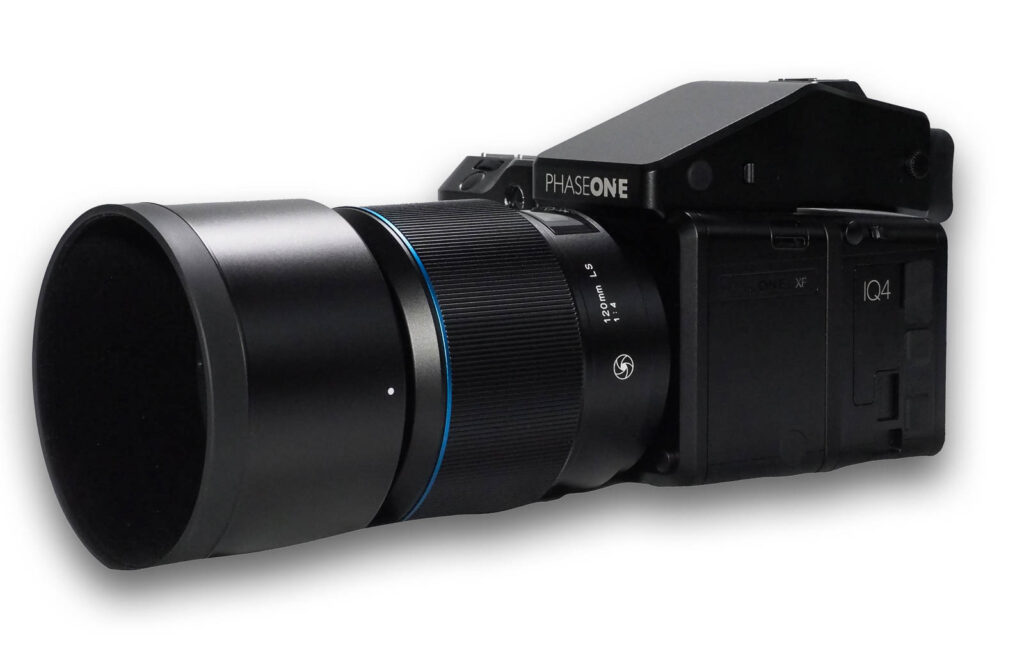
The insect collection of E. Enslin
Click on thumbnail to open a high-resolution image of the drawer.
